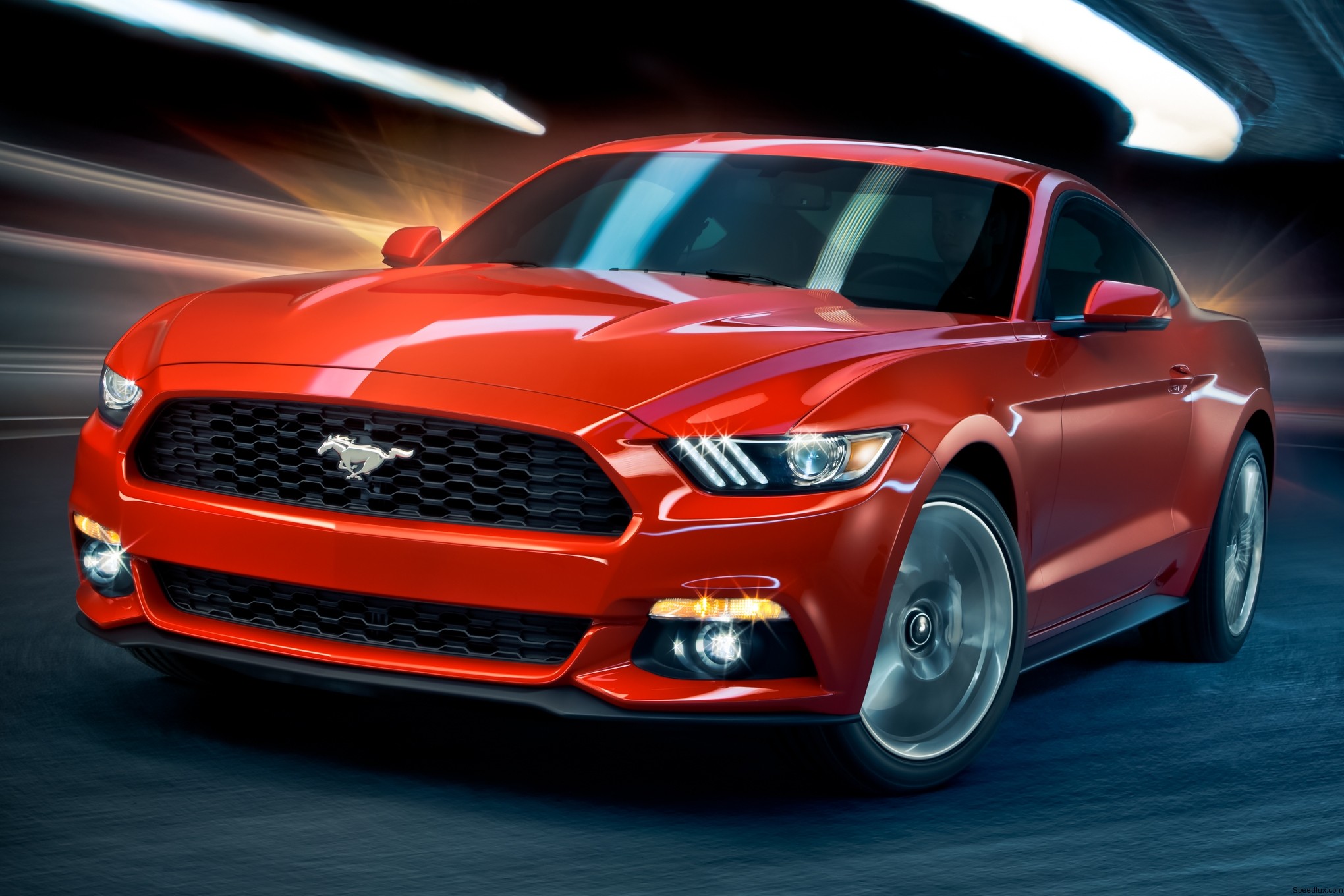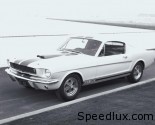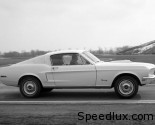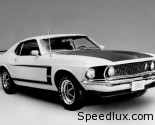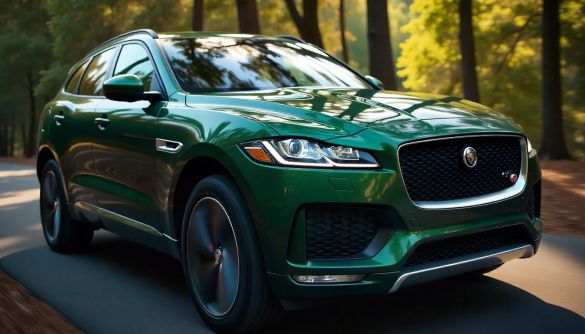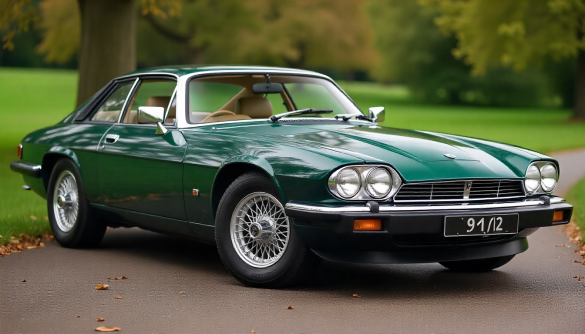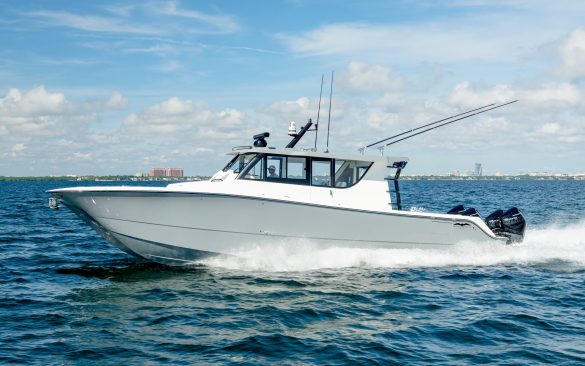The 2015 Ford Mustang is officially out of the blocks, and we can’t wait to pit Ford’s new muscle car against fierce rivals like the Chevrolet Camaro, Dodge Challenger, and Nissan 370Z. Before that happens, we’re taking a look in the rear-view, and choosing the classic Mustang models we’d love to have in a pony car-powered dream garage.
With the debut of the 2015 Ford Mustang, it’s about time to take a look back at some of the most outstanding models of the car’s 50-year history.
Ford captured automotive headlines recently with the unveiling of the 2015 Mustang. This brand-new Mustang goes on sale spring, almost exactly 50 years after the first Mustang was introduced on April 17, 1964 at the New York World’s Fair.
All the hype and hoopla surrounding the new car got us thinking about our favorite Mustangs throughout the years.
Over its lifetime, the Mustang has been many things, a fashionable boulevard cruiser, an asphalt ripping muscle car, a purpose built road racer, and stylish daily transportation for millions of buyers.
In this first installment of a two part series, we take a look at the best versions of America’s pony car during the Swinging Sixties:
1965 Mustang GT-350
Based on the economical Ford Falcon, the first Mustang had flair and it didn’t take long for Ford to turn it into a performance model.
Based on the economical Ford Falcon, the first Mustang had flair and it didn’t take long for Ford to turn it into a performance model.
Though it was based on the economy-minded Ford Falcon, the first Mustang had a sporty flair and Ford wasted no time in building a performance model. Ford turned to Carroll Shelby’s Shelby American to build the GT-350 for enthusiasts and SCCA B-Production racing. Only 562 cars were built that first year, and they all started life as white fastbacks with the 289-cubic inch V-8 and 4-speed manual transmission.
Handling was improved thanks to Koni shocks, a stiffer suspension, larger brakes, and quicker steering. Removing the rear seat and using a fiberglass hood shed some weight, and Shelby’s crew increased horsepower from 271 to 306-hp with a hi-riser intake manifold and headers. All of the cars were painted Wimbledon White with Guardsman Blue rocker stripes.
1968 Mustang Cobra Jet
The 1968 Cobra jet wasn’t the first big-block Mustang, but it was the most successful drag racer of the muscle car’s early days.
FORD
The 1968 Cobra jet wasn’t the first big-block Mustang, but it was the most successful drag racer of the muscle car’s early days.
The muscle car of Mustangs, the 1968 Cobra Jet wasn’t the first big-block Mustang, but it was the most successful drag racer in the Mustang’s early days. The Cobra Jet, or CJ, was the idea of leading Ford dealer Bob Tasca of Providence, R.I. Tasca wanted a better engine for drag racing and the choice was the 428-cubic inch Cobra Jet engine.
While the 428 CJ was rated at only 335-horsepower, it was wildly underrated as evidenced by the 13.56 quarter-mile time achieved by Hot Rod magazine. CJ Mustangs went on to dominate the NHRA’s Super Stock class at the 1968 Winternationals, as well as numerous stoplight street races during the muscle car era. If you’re ever lucky enough to see one at a stoplight, consider yourself forewarned.
1969 Mustang Boss 302
The Mustang Bos 302 packed in a V-8 engine making 290 horsepower, heavy duty springs, and adjustable shocks.
FORD
The Mustang Boss 302 packed in a V-8 engine making 290 horsepower, heavy duty springs, and adjustable shocks.
The Boss 429 may be the rarer of the two early Mustang Boss models, but the Boss 302 was more accomplished. Built to compete in Trans Am racing, the Boss’s engine size was limited to 5.0 liters, or roughly 300 cubic inches. The 302-cubic-inch V8 was underrated at 290 horsepower, but it had to do more than just go in a straight line.
Ford outfitted it with heavy duty springs and adjustable shocks to carve the corners, big power brakes to help it stop, and front and rear spoilers to cheat the wind. Styled by legendary designed Larry Shinoda, who also worked on the 1963 Chevrolet Corvette Sting Ray, the car was also quite striking. The Boss 302 was built for two years, taking second in the 1969 Trans Am season and first in 1970.
Thanks to NY Daily News, for such amazing report.
Now today we can see how much Ford Mustang has been changed, have a look at picture gallery.

